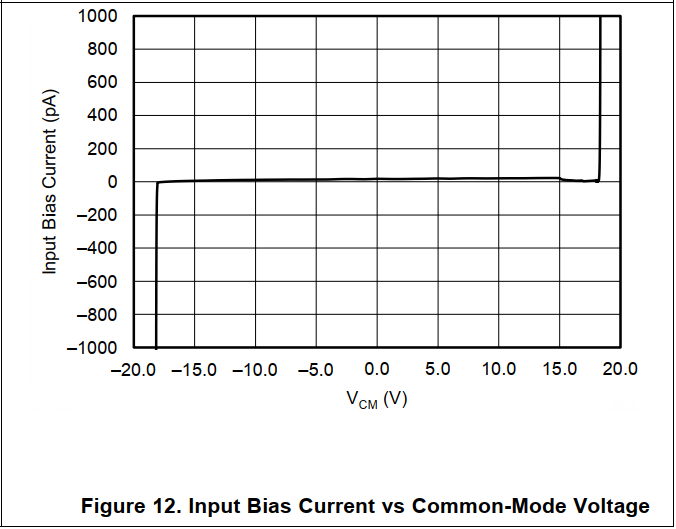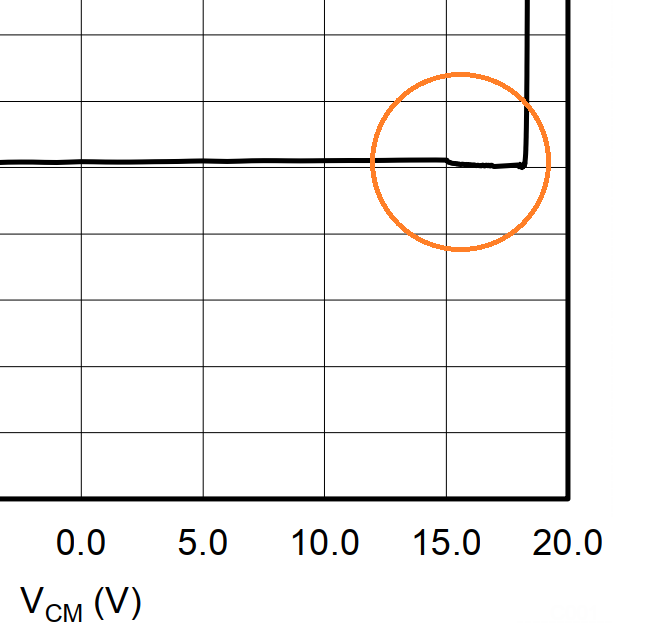Other Parts Discussed in Thread: OPA192, OPA388
Hi,
When OPA197(and OPA192) is used as mic preamp, output signal is distorted by V+ rail on attached schematic.
We have checked that this distortion follows V+ rail and disappear when Mic1(13p) is shorted.
This distortion doesn't depend on signal frequency, bias resistor(R1) value.
Why is this distortion occured?
Is there any workaround?
Best Regards,
Kuramochi





